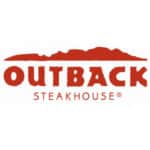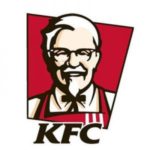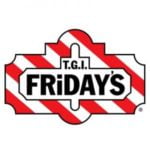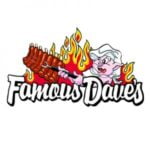Restaurant Exhaust Hood Cleaning
F.A.Q.

Most frequently asked questions and answers for restaurant exhaust hood cleaning services and management
Commercial kitchen hoods should be cleaned on a regular basis to maintain safety and compliance with fire codes. The frequency of cleaning depends on usage and can range from monthly to quarterly. Specific guidelines are often provided by local authorities and NFPA standards.
The frequency of grease trap cleaning depends on its size and the restaurant’s volume of business. Typically, smaller traps may need cleaning every 2-4 weeks, while larger traps can be cleaned every 2-3 months.
Grease trap cleaning is usually carried out by specialized grease trap pumping companies. These companies are equipped to clean and maintain grease traps to ensure their proper functioning.
A commercial restaurant exhaust hood includes a fan on the roof that draws up smoke, steam, and particulate matter through the ductwork. This system prevents the kitchen from filling with smoke, maintaining a safe and clean environment. Over time, grease and particles accumulate in the exhaust hood system, necessitating regular hood cleanings to ensure proper ventilation.
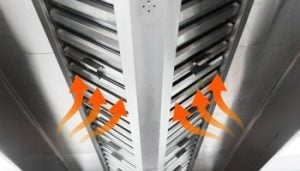
A Type 1 commercial kitchen hood is designed to capture and remove grease-laden vapors produced by cooking equipment, such as grills and fryers. It is a critical safety feature to prevent grease fires in the kitchen.
A Type 2 commercial kitchen hood is used to capture and remove heat and steam generated by cooking equipment like dishwashers, ovens, and steamers. It helps maintain a comfortable working environment.
Commercial kitchen hoods are typically installed by HVAC (Heating, Ventilation, and Air Conditioning) companies or specialized commercial kitchen equipment installers.
Yes, a fire suppression system is essential in a restaurant to quickly suppress and control kitchen fires, protecting staff, customers, and property. It is often required by fire codes and safety regulations.
The number of fire extinguishers needed in a restaurant depends on the size and layout of the establishment. It is determined by local fire codes and safety regulations.
In a commercial kitchen, a Class K fire extinguisher is required. Class K extinguishers are specifically designed for fires involving cooking oils, greases, and fats.
CFM (Cubic Feet per Minute) for a commercial kitchen hood is calculated based on the size and type of cooking equipment in use, as well as the specific requirements of the hood and exhaust system. This calculation is typically done by professionals to ensure proper ventilation.
In general, the formula for calculating CFM is:
CFM=Air Velocity (in feet per minute) × Cross-Sectional Area (in square feet)
However, in the context of commercial kitchen exhaust systems, CFM is often determined based on the size and type of cooking equipment. The National Fire Protection Association (NFPA) Standard 96 provides guidelines for calculating the required exhaust flow rate in CFM for commercial kitchens. The formula in NFPA 96 is:
CFM=BTU÷100 ×Exhaust Hood Efficiency
Where:
CFM is the required exhaust flow rate in cubic feet per minute.
BTU is the total heat output of the cooking equipment in British Thermal Units.
Exhaust Hood Efficiency is a factor that depends on the type of hood used (e.g., Type I or Type II hood).
Scheduling a service with Crossfire Hood Cleaning is easy. Simply contact us, and we will guide you through the process, providing a customized plan to meet your restaurant exhaust hood’s specific needs.
We offer our professional services nation-wide. If your specific location is not listed in our service areas, feel free to contact us to utilize our extensive network.
Regular kitchen hood cleaning ensures a safer working environment, reduces the risk of fires, maintains compliance with health and safety regulations, and extends the lifespan of your equipment.

CrossFire is Your Restaurant Exhaust hood cleaning partner
